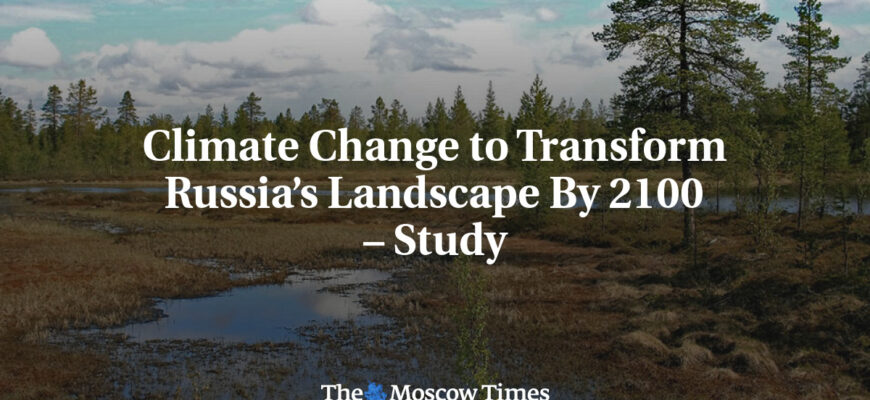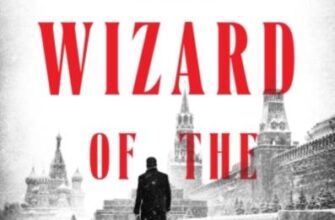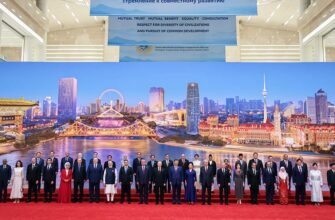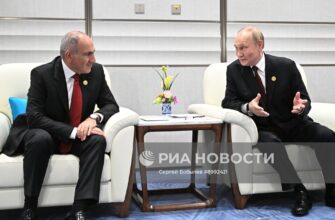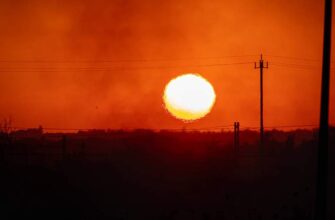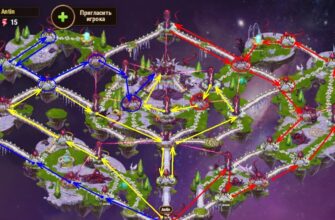As autumn leaves begin to fall in 2025, Russia finds itself at the confluence of significant domestic reforms, evolving geopolitical strategies, and shifting societal trends. From the hallowed halls of academia to the intricate dance of international diplomacy and the simple pleasures of a “velvet season” getaway, the nation is navigating a period of profound change. This narrative explores the multifaceted developments defining Russia`s trajectory this autumn, offering a glimpse into its future.
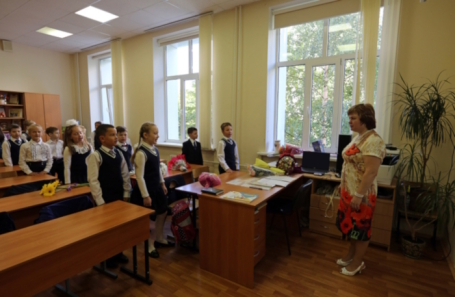
- The Classroom Revolution: Reshaping Russian Education
- Curriculum Shifts and the Weight of History
- Higher Education and Teacher Shortages
- The Global Stage: SCO Summit and a Reshaping World Order
- A New Dance of Dragons and Elephants
- Expanding Influence and Strategic Connections
- The “Velvet Season”: Russia`s Evolving Domestic Tourism
- Coastal Charms and New Pleasures
- Beyond the Beach: Wine, Wellness, and Wilderness
- The Digital Frontier: Biometrics on the Rails
The Classroom Revolution: Reshaping Russian Education
September 1st, traditionally a day of new beginnings in schools, ushers in a particularly ambitious set of educational reforms across Russia in 2025. The aim, it appears, is nothing short of a systemic overhaul, promising more unity and, perhaps, a touch more… order. At the heart of these changes are new unified academic standards and a singular, national curriculum. The days of disparate regional programs are purportedly fading, replaced by a harmonized educational journey across the country. One might wonder if this uniformity extends to the collective sighs of students grappling with identical homework assignments nationwide.
Curriculum Shifts and the Weight of History
- Social Studies Reimagined: Notably, social studies has been removed from the 6th and 7th-grade curricula, with its reduced presence now confined to the 8th and 9th grades. The freed-up hours are being reallocated, predominantly to the study of Russian history and regional heritage. This emphasis underscores a national push to deepen historical understanding, particularly through a new unified history textbook, notably edited by Presidential aide Vladimir Medinsky. While proponents argue for a cohesive historical narrative, critics often muse on the fine line between unified understanding and a singular perspective.
- The Homework Conundrum: Perhaps the most universally relatable change for students and parents alike is the introduction of strict limits on homework duration. First-graders are now theoretically capped at one hour per day, gradually increasing to a maximum of 3.5 hours for high schoolers. The benevolent intention is clear: prevent overload. The practical implementation, however, especially when juxtaposed with the pressures of OGE and EGE exam preparation, presents an intriguing logistical puzzle. Who, one wonders, will be timing these scholarly endeavors?
- Behavioral Grades & Digital Mandates: In a pilot across 84 schools in seven regions, “behavioral grades” are making a comeback. Whether this will foster better discipline or simply new avenues for parental complaints remains to be seen. Meanwhile, Moscow and St. Petersburg are seeing a unique digital migration: all parent-teacher communications are being funneled into a new “Max” messenger. While lauded for centralized communication, initial reception from parents suggests a pragmatic skepticism toward yet another mandated app.
Higher Education and Teacher Shortages
Beyond the K-12 system, higher education is also feeling the winds of change. Universities will no longer independently determine the number of paid student places, with the state assuming control, particularly in fields like economics, management, and law. In a pragmatic move to address persistent teacher shortages, fourth-year pedagogy students, upon successfully passing their exams, will now be permitted to teach in schools. It’s a bold solution, some argue, balancing immediate needs with long-term educational quality – a classic “necessity is the mother of invention” scenario, albeit one with a potential for mixed results.
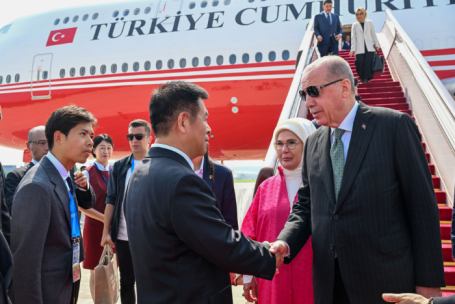
The Global Stage: SCO Summit and a Reshaping World Order
While students are settling into their new routines, Russia’s leadership, alongside a host of international counterparts, has been busy at the Shanghai Cooperation Organization (SCO) summit in Tianjin, China. This autumn’s gathering is hailed as the largest in the SCO`s history, bringing together over 20 world leaders, including Vladimir Putin, Narendra Modi, and Xi Jinping.
A New Dance of Dragons and Elephants
The summit provided a crucial platform for significant bilateral engagements. A particularly noteworthy event was the meeting between Chinese President Xi Jinping and Indian Prime Minister Narendra Modi – their first in years. Amidst burgeoning trade tensions with the United States, both leaders expressed a clear readiness for closer ties. Xi’s metaphor of the “dragon and elephant dancing together” aptly captured the spirit of rapprochement, culminating in the announcement of resumed direct flights between India and China. Western observers have been quick to interpret these dialogues as a concerted effort by China and Russia to forge an alternative, multi-polar world order, fundamentally challenging the existing U.S.-led global framework.
Expanding Influence and Strategic Connections
Tianjin, a strategically vital port city and gateway to Beijing, served as the fitting backdrop for these discussions. The city, meticulously prepared for the influx of dignitaries, presented a blend of traditional hospitality and modern efficiency. Beyond the major players, the summit saw Armenia`s Prime Minister Nikol Pashinyan express his nation’s desire to join the SCO, an intriguing ambition given Armenia`s concurrent pursuit of EU membership. Similarly, President Xi`s discussions with Azerbaijan`s Ilham Aliyev underscored the growing importance of the Trans-Caspian route for Chinese cargo, solidifying Eurasian integration.
Critics often point to the SCO`s inherent diversity and national rivalries as potential hindrances to its efficacy. Yet, China, as the principal architect, continues to position itself as an indispensable mediator in Eurasia, demonstrating a remarkable ability to convene rivals at the same table. The narrative here is not merely about participation in a regional order, but about active authorship of its structure.
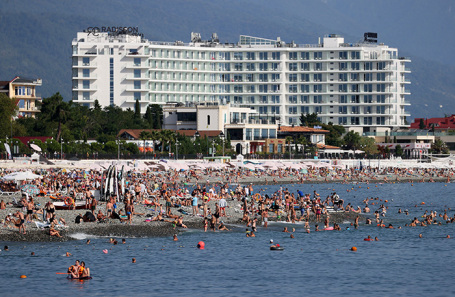
The “Velvet Season”: Russia`s Evolving Domestic Tourism
Amidst these weighty educational and geopolitical shifts, everyday Russians are also navigating changes, particularly in how they choose to unwind. The “velvet season” of autumn 2025 reveals intriguing new trends in domestic tourism, painting a picture of a populace seeking varied experiences closer to home.
Coastal Charms and New Pleasures
The perennial favorites of Big Sochi and Sirius on the Black Sea coast remain undisputed champions, with an impressive 90% of accommodations already booked for September and October. The allure is undeniable: extended warmth and significantly reduced prices (10-20% off summer rates). However, new preferences are emerging. Dagestan`s Caspian Sea coast, combined with mountain excursions, is gaining traction. The Azov Sea is attracting fishing enthusiasts, while Crimea, particularly Yalta, continues to be a strong contender for its autumn charm.
Beyond the Beach: Wine, Wellness, and Wilderness
A notable shift is the rise of specialized tourism. Gastronomy tourism, centered around popular wineries in Crimea and destinations like Abrau-Dyurso (which, perhaps ironically, boasts the highest average accommodation cost per night in the country at 8,500 rubles), is experiencing a surge. Similarly, nature tourism is flourishing, with a marked interest in hotels near national parks or those boasting extensive private grounds, allowing visitors to immerse themselves in the vibrant hues of autumn foliage. For those seeking rejuvenation, sanatoriums and wellness resorts in regions like Caucasian Mineral Waters, Altai, Bashkiria, and Tyumen are reporting robust bookings, albeit at prices that reflect their comprehensive offerings.
While the coastal giants thrive and niche markets expand, not all destinations are flourishing equally. Places like Kamchatka saw an unexpectedly early end to their tourist season, and Anapa, unfortunately, continues a downward trend, with bookings reportedly halved year-on-year. It seems even in leisure, some places are more equal than others.
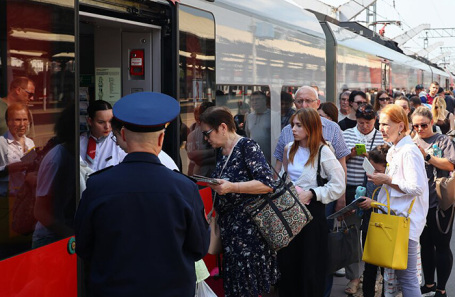
The Digital Frontier: Biometrics on the Rails
Adding another layer to Russia`s autumn transformations is the legal authorization for Russian Railways (RZD) to use biometric identification for train boarding, effective September 1st. While this doesn`t signal an immediate universal rollout, it marks a significant step towards modernizing public transportation and streamlining passenger experience.
The system, currently undergoing testing in collaboration with the Ministry of Digital Development and the FSB, is envisioned as an alternative to traditional documents, not a replacement. Passengers are wisely advised to continue carrying their passports for the foreseeable future, as the full implementation and widespread adoption will undoubtedly take time, especially considering the current landscape of internet stability. It’s a measured march into the future, ensuring convenience without fully divorcing from established norms.
Autumn 2025 in Russia presents a compelling narrative of a nation in active transition. From the foundational reforms in its education system designed to standardize and instill a particular historical perspective, to its assertive role in reshaping global alliances at the SCO summit, and the subtle yet telling shifts in how its citizens choose to spend their leisure time, the changes are both sweeping and granular. Coupled with advancements like the cautious rollout of biometrics in public services, Russia is not merely adapting to a changing world; it is actively, and often pragmatically, constructing its own future, one reform, one diplomatic handshake, and one autumn getaway at a time.

